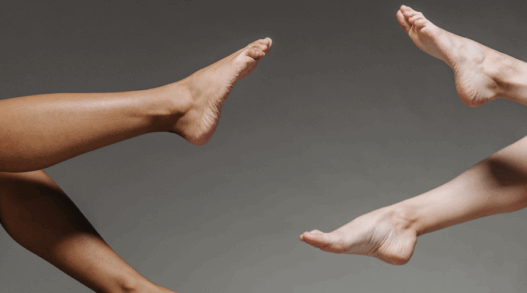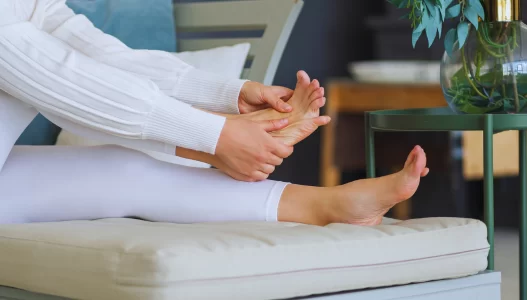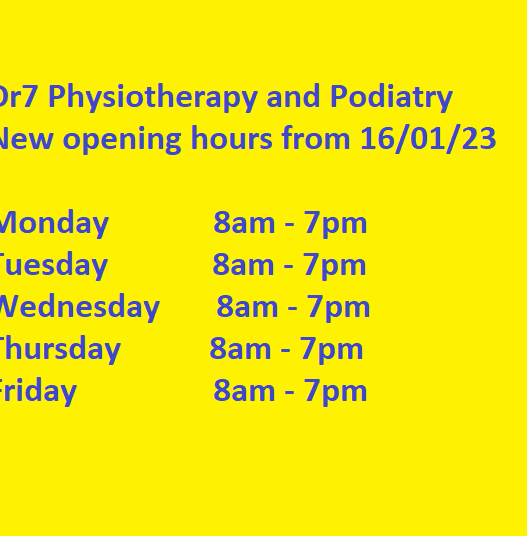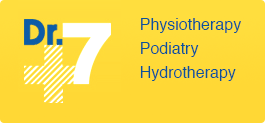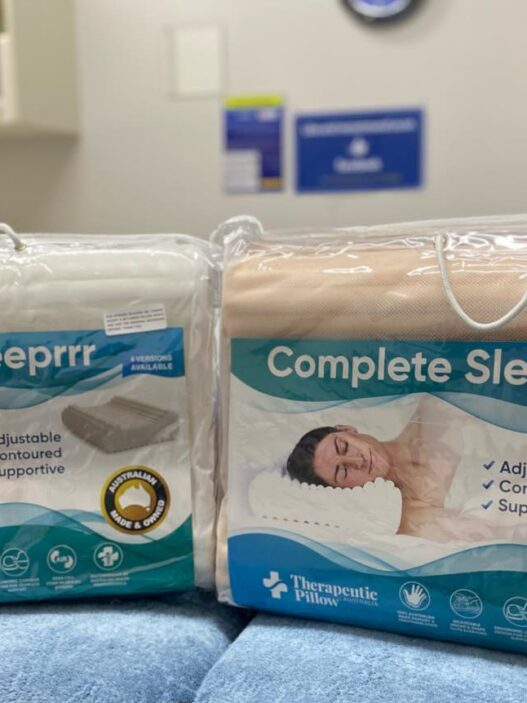Lost a toenail? I know it can feel overwhelming, especially when you’re worried about how your feet will look in your favorite sandals or during your next pedicure. As a podiatrist, this is one of the most common concerns I hear from my patients, and I completely understand the anxiety that comes with it. Let’s talk about what you can expect during the healing journey.
The Timeline: What You Need to Know
First, let me be upfront: toenail regrowth takes time. On average, you’re looking at about 12-18 months for a toenail to grow back completely. I know that might sound like forever, especially if you have special events coming up or just want to feel confident in open-toed shoes. However, there’s good news – you’ll start seeing improvement much sooner than that.
Here’s what the journey typically looks like:
- First few weeks: A thin, protective layer begins forming over your nail bed
- 2-3 months: You’ll notice the beginning of new nail growth
- 6-9 months: Your nail will be about halfway grown
- 12-18 months: Complete regrowth of the nail
Why Does It Take So Long?
Toenails grow much slower than fingernails (which only take 4-6 months to regrow) because:
- They receive less blood flow
- They’re further from your heart
- They experience more pressure from walking and shoes
Making the Most of the Recovery Period
While waiting for your nail to grow back, here are some ways to care for your toe and feel more confident:
Immediate Care
- Keep the area clean and protected
- Use antibiotic ointment as recommended
- Wear appropriate bandages until the nail bed hardens
- Choose comfortable, roomy shoes during healing
Understanding Your Restoration Options
While waiting for your natural nail to regrow, many patients ask about temporary solutions. It’s crucial to understand which options are safe and which could potentially harm your healing nail bed.
Safe Professional Solutions
- Podiatric Nail Restoration Systems: These professional systems use a flexible, breathable resin that allows your natural nail to grow underneath while providing a natural-looking temporary nail. Unlike acrylic nails, these systems are specifically designed for damaged or missing toenails.
- Medical-Grade Options: Treatments like KeryFlex are specially formulated to be non-toxic and allow oxygen transfer to the nail bed, promoting healthy regrowth while providing an aesthetic solution.
What to Avoid
- Acrylic Nails: These can trap moisture and bacteria, potentially leading to infections and complications
- DIY Press-On Nails: These may damage the delicate nail bed and interfere with healthy regrowth
- Hard Gel Polish: During initial healing, avoid any polish that could prevent proper air circulation
When Can You Start Restoration?
Before beginning any nail restoration treatment, your nail bed must be:
- Completely healed
- Free from infection
- Evaluated by a podiatrist
- Clear of drainage or tenderness
This typically means waiting 3-4 weeks after losing your nail before considering restoration options. Each case is different, so always consult with your podiatrist for personalized timing recommendations.
Speeding Up The Process
While we can’t dramatically accelerate nail growth, you can support healthy regrowth by:
- Maintaining a balanced diet rich in biotin and protein
- Staying hydrated
- Protecting your feet during activities
- Keeping up with regular foot care
When to See Your Podiatrist
Schedule an appointment if you experience:
- Persistent pain
- Signs of infection
- Abnormal regrowth
- Concerns about appearance
The Emotional Journey
It’s completely normal to feel frustrated or self-conscious during the regrowth period. Many of my patients share these feelings, and it’s important to acknowledge them. Remember that this is temporary, and there are ways to care for your feet that will help you feel more confident during the healing process.
Looking Ahead
While the regrowth period might seem long, focusing on proper foot care and overall health will help ensure your new nail grows back strong and healthy. Think of this as an opportunity to develop good foot care habits that will benefit you long after your nail has regrown.
Final Thoughts
Every patient’s journey is different, and that’s okay. What matters most is taking proper care of your feet during the healing process and being patient with yourself. If you’re concerned about your toenail regrowth or have questions about safe restoration options during healing, don’t hesitate to schedule a consultation with a podiatrist who can provide personalized care and support.
Remember, while waiting for your toenail to grow back might test your patience, you’re not alone in this journey. With proper care and time, you’ll be back to wearing your favorite open-toed shoes with confidence.
